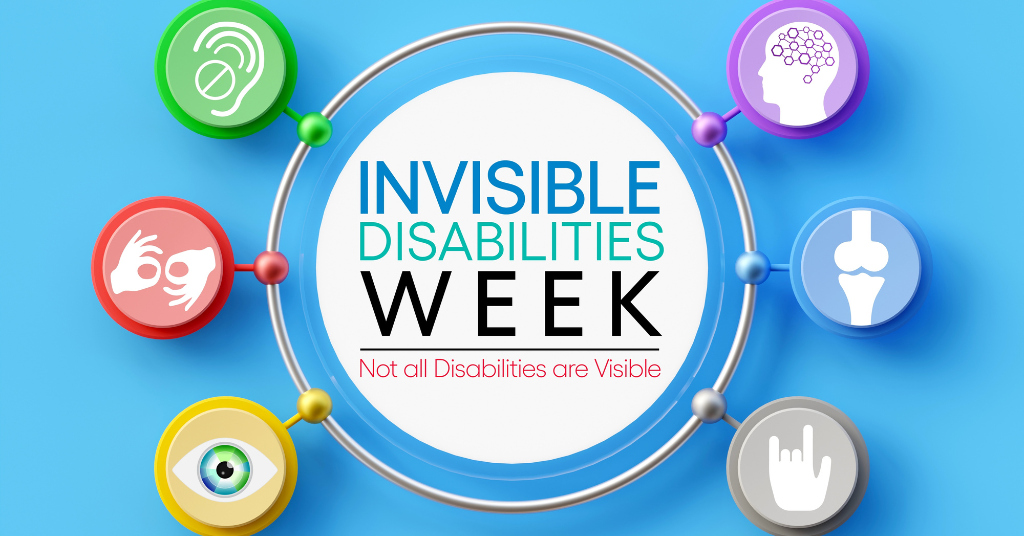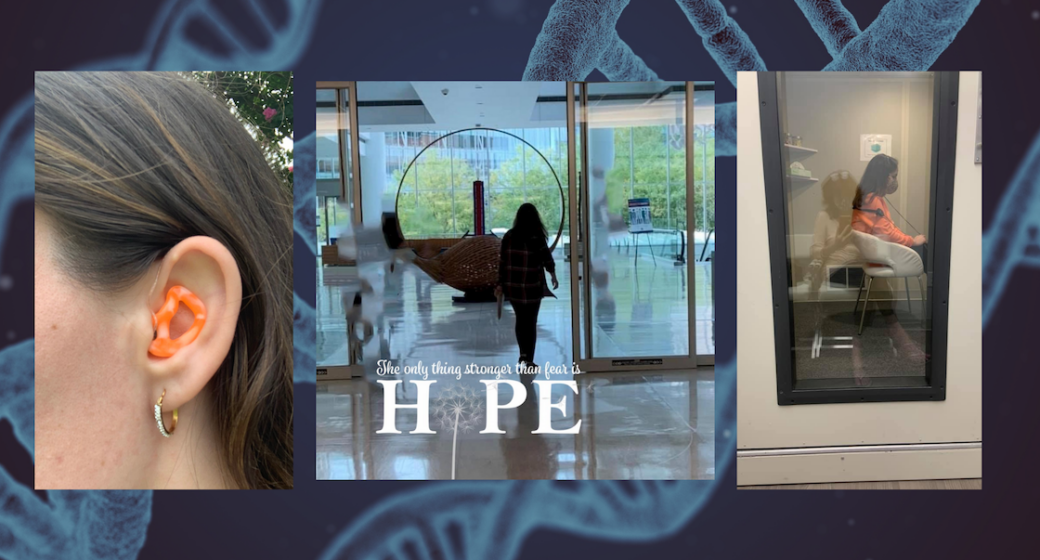Phonak Nova M Bluetooth hearing aids
March 8, 2023This survey aims to gain insights on cochlear implant users and music
March 15, 2023Cholesteatomas and hearing loss

As parents, we want to do everything possible to protect our child’s health and well being. But what if there was something hiding in your child’s ear that could cause hearing loss?
Here is what you need to know about cholesteatomas and hearing loss.
What is a Cholesteatoma?
In simple terms, on Healthline, Elaine K. Luo, M.D., describes a cholesteatoma as “a noncancerous skin growth in the middle section of your ear, behind the eardrum. It can be a birth defect or result from repeated middle ear infections. It can affect your hearing, balance, and facial muscle function.” She goes on to say: “a cholesteatoma often develops as a cyst, or sac, that sheds layers of old skin. As these dead skin cells accumulate, the growth can increase in size and destroy the delicate bones of the middle ear.”
In addition to recurring infections, a cholesteatoma can be the result of a malfunctioning eustachian tube. This tube connects from the back of the nose to the middle ear and allows air to flow through while equalizing pressure. The eustachian tube can become impaired due to various factors such as chronic ear infections, sinus infections, colds, or allergies.
Cholesteatomas are relatively rare but not uncommon. In the United States, one study from the Brazilian Journal of Otorhinolaryngology reported there were just six cholesteatomas per 100,000 people. Despite their relatively low occurrences, cholesteatomas make up a serious condition that requires medical attention and treatment.
Cholesteatomas and Hearing Loss
To better understand how cholesteatomas interfere with hearing, it is important to first identify how sound is processed within the ear. John Hopkins Medicine explains the process in the following way:
- The outer ear collects sound waves and directs them into the ear canal, where they cause the eardrum to vibrate.
- The vibrations from the eardrum are transmitted to the bones of the middle ear (the malleus, incus, and stapes) through the ossicular chain. The three bones amplify the vibration, pushing sound toward the inner ear, while the eustachian tube equalizes the middle ear pressure with the air from outside of the ear.
- In the inner ear, the cochlea receives the amplified vibration from the ossicular chain and converts it into electrical signals through the movement of hair cells.
- The electrical signals are then sent to the brain through the auditory nerve to be processed and interpreted as sound.
Read more: A study debunks how hearing works
Depending on the severity and progression of the cholesteatoma, hearing loss may be temporary or permanent. Below are three examples of how cholesteatomas interfere with hearing:
“Depending on the severity and progression of the cholesteatoma, hearing loss may be temporary or permanent.”
Destruction of the Middle Ear Structures
When cholesteatomas are present in the middle ear, they can disrupt the pathway that sound waves pass through. As the cholesteatomas increase in size, the delicate bones within the inner ear (the malleus, incus, and stapes), as well as the eardrum, are susceptible to damage. This can lead to conductive hearing loss. This is a type of hearing loss that occurs when sound waves are unable to reach the inner ear.
Eustachian Tube Dysfunction
Cholesteatomas may also cause a blockage of the eustachian tube, which connects the middle ear to the back of the throat. This can lead to the build up of pressure in the middle ear and limit hearing capabilities.
A peer-review study explaining eustachian tube dysfunction stated that “children are more vulnerable to pathologies of the middle ear, primarily due to the immature development of their eustachian tubes.”
Infections
Children who swim frequently may be more susceptible to ear infections as water can enter the middle ear and lead to infections. Over time, repeated middle ear infections can result in cholesteatomas.
According to the Brazilian Journal of Otorhinolaryngology, the disease’s seriousness is a result of two main factors: infection and compression. Overtime provided the pouch remains dry; the development of cholesteatomas can accumulate gradually without causing problems. That all changes when an infection is present. If cholesteatomas grow aggressively, they can cause destruction within the ear. This damage leads to hearing loss or deafness for most individuals with this condition.
Overall, when cholesteatomas are present, they can create a significant impact on the ability to hear.
It is important to identify hearing loss in children as soon as possible, so they can receive appropriate treatment and support. Schedule regular check-ups with an ear, nose, and throat (ENT) doctor for ongoing evaluations and proper diagnosis. Early intervention can help prevent or minimize the impact of hearing loss on a child’s development and future success.



